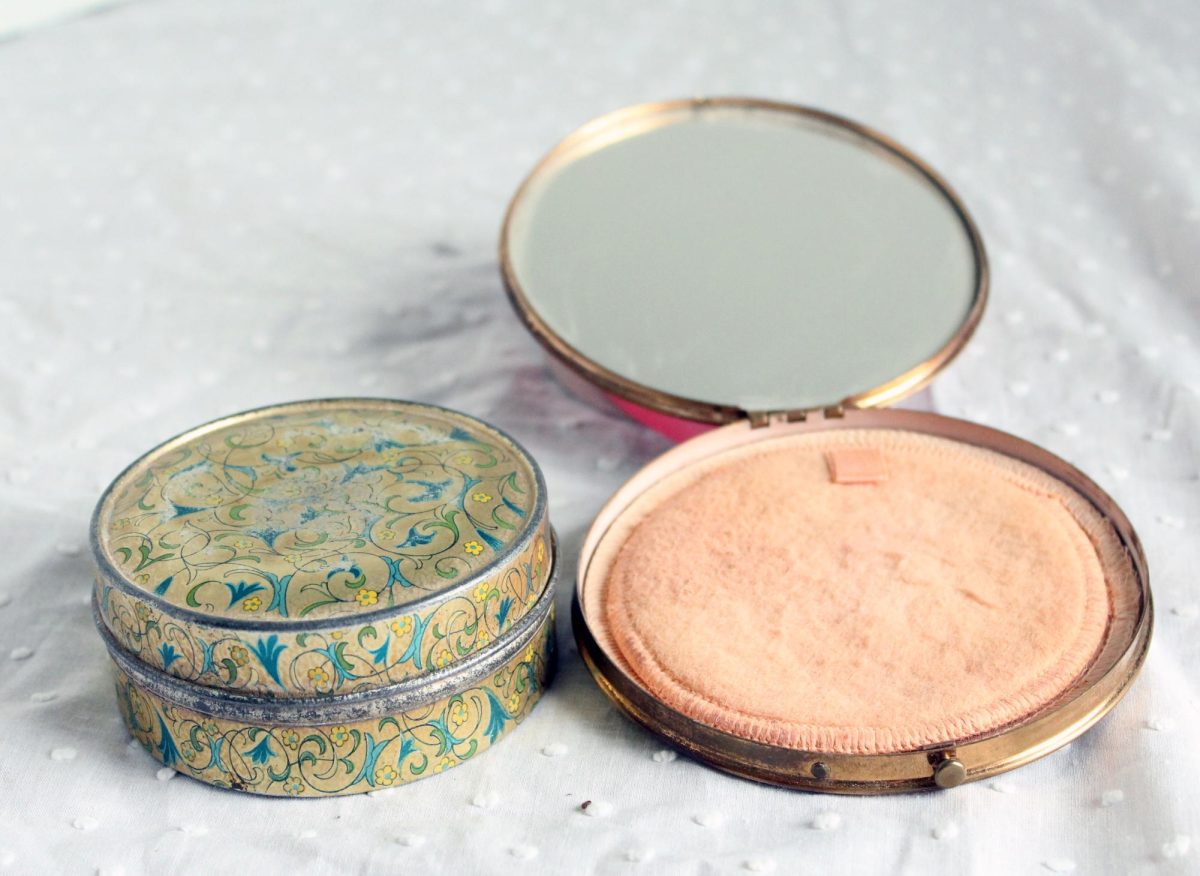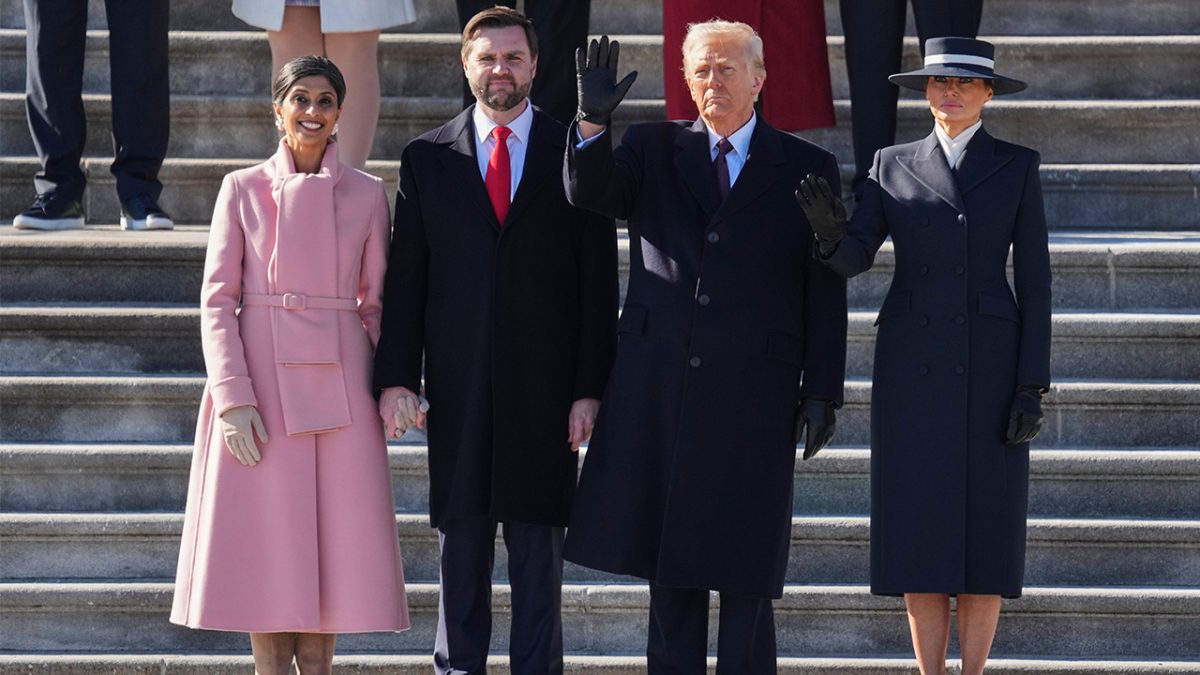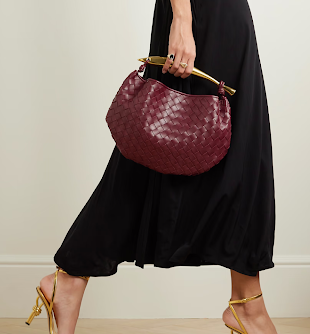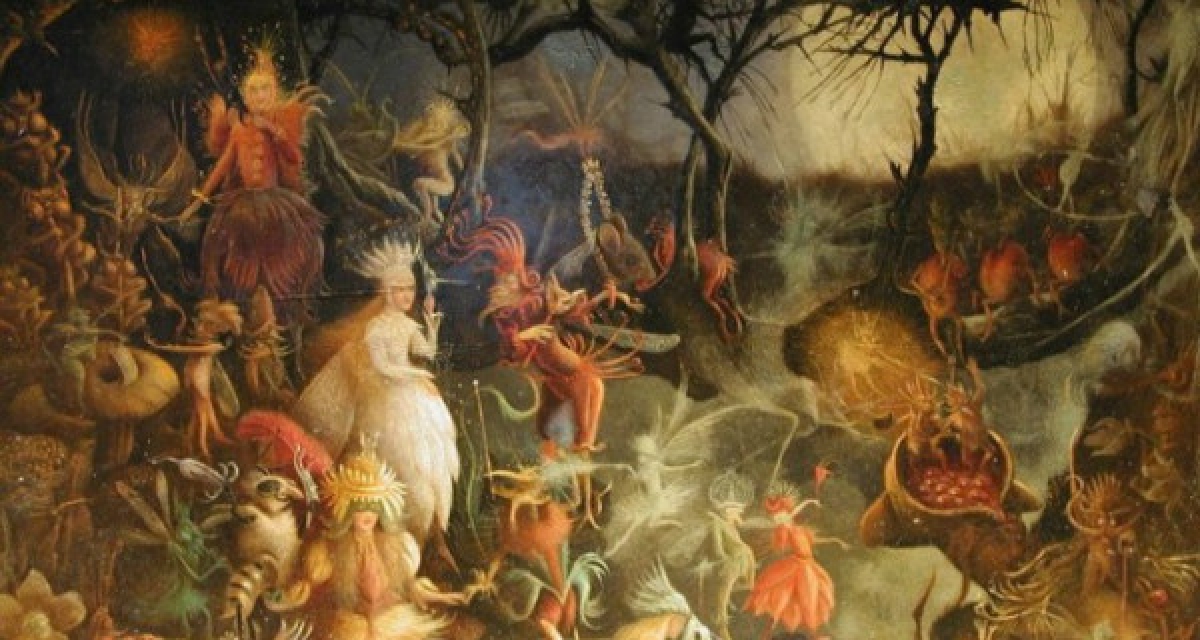As an avid art history-lover, I’ve recently been diving into a new subsection of art history: the history of cosmetics. After all, the act of putting on makeup is essentially painting one’s face, and similar to fashion, it can be considered art. After watching countless YouTube videos, reading multiple online articles, and even buying a book on the subject, one era of makeup history stands out to me as having perhaps the most innovative and progressive: the 1920s.
While the previous decade, the 1910s (or the Edwardian era, named after King Edward’s very short reign), was extremely focused on “natural beauty,” the 1920s could not have been more different. According to Safiya Nyaard in her YouTube video essay titled The History of Lipstick, “When religious leaders who thought that cosmetics were sinful held a lot of sway, lipsticks were out. When influential style icons, usually royalty, decided they wanted to wear lipstick, lipstick came back in…Queen Victoria, a style icon in her own right, however austere, made sure that lipstick stayed out of fashion for a good part of the 19th century.” This negative attitude toward cosmetics remained the status quo within the upper class, referring to women who wore visible makeup as “painted ladies.” (Glamourdaze, History of Makeup)
However, the 1920s marked the first time that the attitudes surrounding cosmetics were changing, as high-end brands began selling cosmetics, Suffragettes wore specific shades of lipstick to promote solidarity, and actresses were being idolized rather than scandalized due to the popularization of film. (Safiya Nygaard, The History of Lipstick) This new acceptance of the public application of makeup created a whole new market for whacky makeup gadgets that made one’s cosmetics portable and convenient to apply on-the-go. Here are a couple of examples that I found the most interesting:
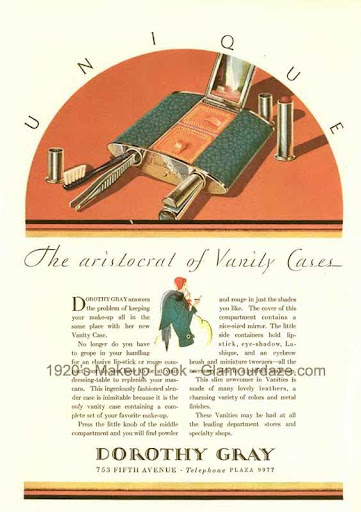
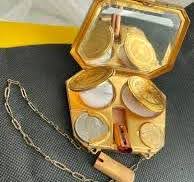
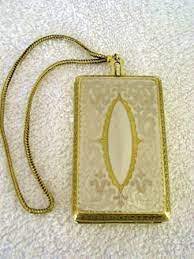
1. The Dance Purse
The “Dance Purse,” or the “Dance Compact,” was the gadget of choice for the quintessential flapper of the 1920s. Dance purses were essentially an entire vanity shrunken down into a small compact that could be worn around the wrist, or in some cases, the index finger, perfect for a flapper who was dancing the night away at a jazz club. (image sources: Etsy) The purses ranged from being made completely of silver and gold to various fabrics. Due to their portability, these dance compacts allowed women to apply their makeup easily in public, something that would’ve been unacceptable in the previous decade. (Glamourdaze)
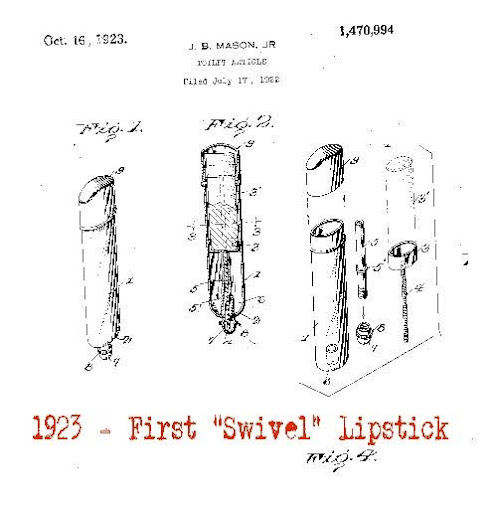
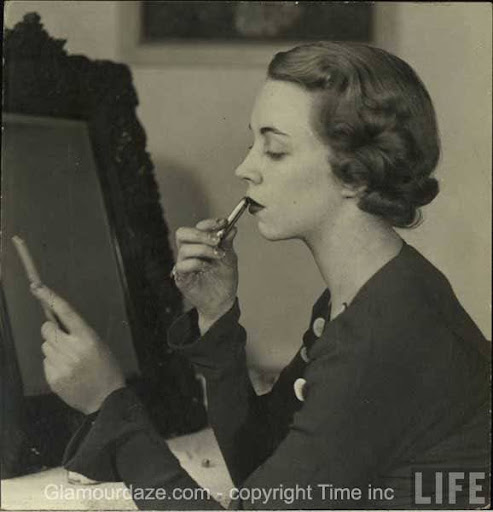
2. The Modern Lipstick Tube
When we think of modern lipstick, something we may associate it with is their “swivel-up” function. However, this was a new invention in the 1920s. While its predecessor, the “push-up” tube, required a lot more effort, the swivel tube allowed lipstick-wearers to access the lipstick with one single swivel, reflecting the relaxing rules surrounding cosmetics in American society. This is also one of the first makeup technology innovations as the market for cosmetics grew. (Glamourdaze)
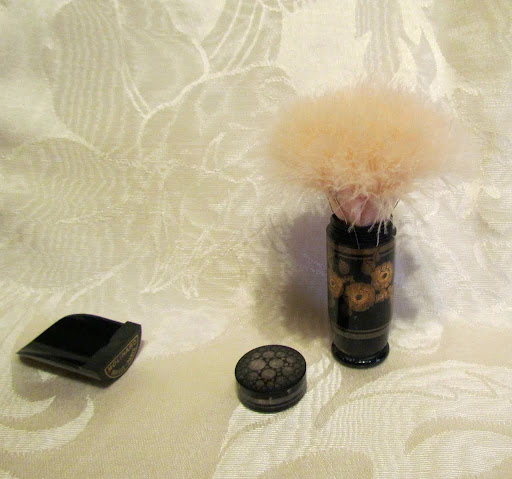
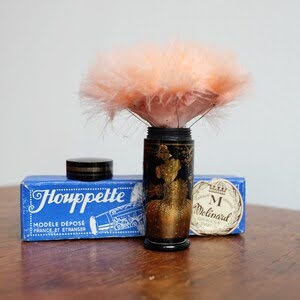
3. The Portable Houpette (or Pli)
The contractible “Pli” was the epitome of glamor when it came to powdering your face in the 1920s. Made of swan’s down, this product targeted a high-end market, which played a large role in makeup becoming less scandalous. On one end of the tube is the face powder, and on the other end, there is the puff. The “umbrella-like” and contractible structure made it easy to pack away or take with you when you went out. (Erin Parsons, YouTube) (image sources: Etsy)

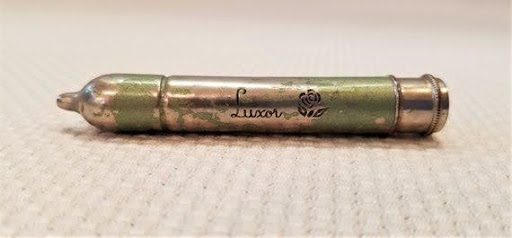
4. “Tap It” Travel Powder Dispenser
Yet another interesting powder gadget from the 1920s was the “tap it’ powder dispenser. About the size of a pen, the product was hollow and held powder on the inside, which would be dispensed when the user “tapped it” on the back of their hand. The popular cosmetics brand Princess Pat coined the term “tap it” to describe the effortless way to apply your powder in public on the go. This is a great example of a high end brand breaking the stigma surrounding the application of makeup (WorthPoint.com).
Above all, these makeup gadgets, however strange, were a symbol of early feminism. It’s important to remember that while we may not think of applying makeup publicly as anything groundbreaking, there was a time when it was considered quite scandalous. Portable makeup gadgets were a sign of changing times for women, allowing them to express themselves more freely than ever before.
By Chloe Stefani ’24, Fashion Editor
24cstefani@montroseschool.org

